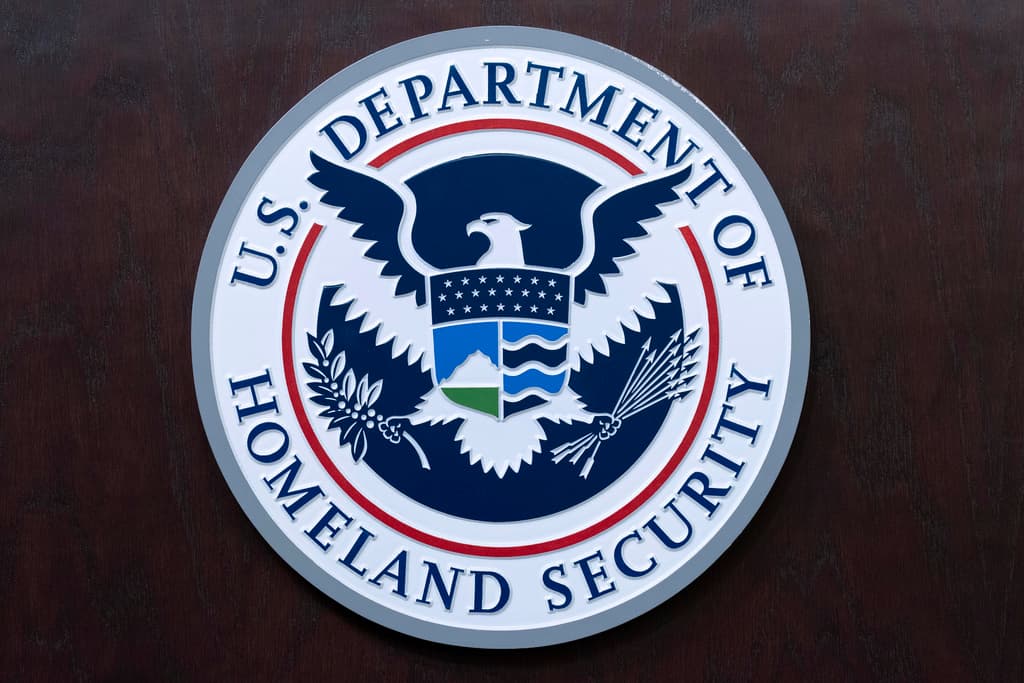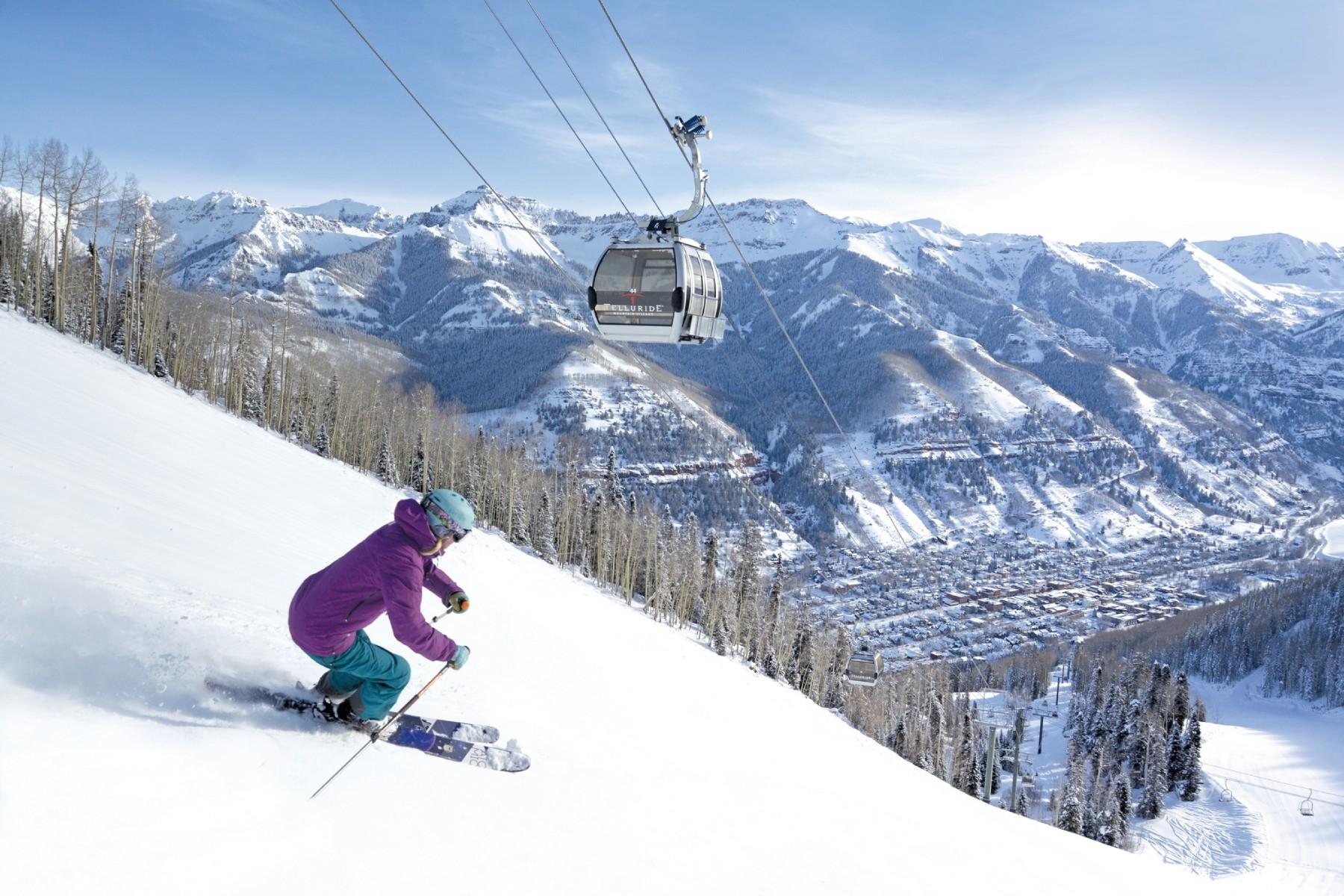
The Trump administration again took aim at Colorado on Tuesday, calling the state a “sanctuary” for people not authorized to be in the country.
In a new list issued by the Justice Department, Colorado and Denver are listed with the designation of “sanctuary jurisdiction,” among 35 counties, cities and states and the District of Columbia nationwide.
And in an updated complaint filed in a lawsuit against Gov. Jared Polis, state Attorney General Phil Weiser, Denver Mayor Mike Johnston and the Denver Sheriff Elias Diggins, federal attorneys cited the Caroline Dias Goncalves case as proof the state is still unfriendly to the federal government’s efforts to step up deportations.
Dias Goncalves was pulled over in Mesa County earlier this summer by a sheriff’s deputy, who then notified Immigration and Customs Enforcement agents on a Signal chat that she may be in the country without authorization. She was eventually pulled over by ICE and detained for more than two weeks.
Weiser has since sued that deputy for cooperating with ICE, and the Mesa County Sheriff has sanctioned him, though he criticized state officials for their actions.
The federal government also thinks the state is wrong to seek sanctions against a deputy cooperating with ICE.
“When officers choose to cooperate with federal immigration enforcement agencies to keep their communities safe and enforce federal law, the state of Colorado hauls them into court as punishment for doing their jobs,” the updated complaint in USA v. Colorado said.
Federal attorneys also called out a new law passed earlier this year that broadened the group of state and local employees prohibited from sharing Coloradans’ personal information with immigration officials for the purposes of deportation.
Now, in addition to law enforcement officers, pretrial officers and pretrial services office employees are now on the list of employees covered by the statute.
“This hampers local law enforcement’s ability to arrange interviews between federal immigration authorities and inmates,” the lawsuit said. “The … bill severely restricts employees from collecting or sharing information with federal immigration enforcement authorities.”
In the new “sanctuary” list released by the U.S. Department of Justice, the administration argued that state and Denver policies jeopardized the safety of U.S. citizens.
“Sanctuary policies impede law enforcement and put American citizens at risk by design,” said Attorney General Pamela Bondi, in a statement. “The Department of Justice will continue bringing litigation against sanctuary jurisdictions and work closely with the Department of Homeland Security to eradicate these harmful policies around the country.”
Weiser had no comment on the updated list due to the pending litigation. A spokesman for the Denver mayor, Jon Ewing, said, “And here we thought the Trump Administration didn’t like lists!”
“Denver protects the rights of all residents while enforcing federal, state, and local law. Any suggestion otherwise is untrue,” Ewing noted in an email.
The Tuesday sanctuary list is updated from a May effort that included more of Colorado’s cities and counties. Then a number of counties embarked on a heavy lobbying effort to remove themselves from the list, including El Paso County, and it was amended.
Within a short time, the May list was scrapped entirely by the Trump administration and the Justice Department started over. The list currently has no implications beyond the court of public opinion, but could eventually be cited as justification for denying or clawing back federal funds.
The list draws curious distinctions between communities, though every place in Colorado is bound by the same state laws.
Denver does not allow ICE agents to access non-public areas of the jail, for example, as is the policy in several other counties. Denver, like other counties, also won’t hold people beyond the posting of bail or the expiration of their sentences strictly at the request of ICE on civil immigration violations. That’s state law, and it is followed across Colorado. But only Denver, where Trump won less than 21 percent of the vote in the 2024 election and officials have been vocal about welcoming newcomers, was singled out.
A spokesman for Gov. Jared Polis said he is bothered by the Department of Homeland Security's implication that Colorado somehow offers a pass to people who have committed crimes.
"The Governor is frustrated by the lack of transparency from the federal administration on this and their enforcement actions," said a Polis spokesman Eric Maruyama in an emailed statement. "DHS did not share with us what criteria was used to make this arbitrary list, nor did they consult with us in developing the list. Law enforcement in Colorado partners with our federal agencies to apprehend criminals no matter where they were born."
On Tuesday, El Paso County, which was not included in the most recent sanctuary list, didn’t have anything fresh to say about it. They re-released a statement from May, when members of Congress and local leaders worked with the Department of Justice to remove themselves from the initial sanctuary list.
“We are working to reverse Colorado’s sanctuary laws, and we are fully collaborating with ICE officials, as state statute allows. Together, we have provided testimony, called attention to the rising crime rate, and fortified El Paso County as an anti-sanctuary,” said spokeswoman Natalie Sosa, in a statement. “Let us be clear, we will not pander to Denver politicians, whose political agenda has made Colorado less safe for everyone.”
Major categories of crime have fallen across the state in recent months, including in Denver.
The lawsuit between the administration and top state and city of Denver officials is ongoing in federal court.
| This story is part of a collection tracking the impacts of President Donald Trump’s second administration on the lives of everyday Coloradans. Since taking office, Trump has overhauled nearly every aspect of the federal government; journalists from CPR News, KRCC and Denverite are staying on top of what that means for you. Read more here. |









